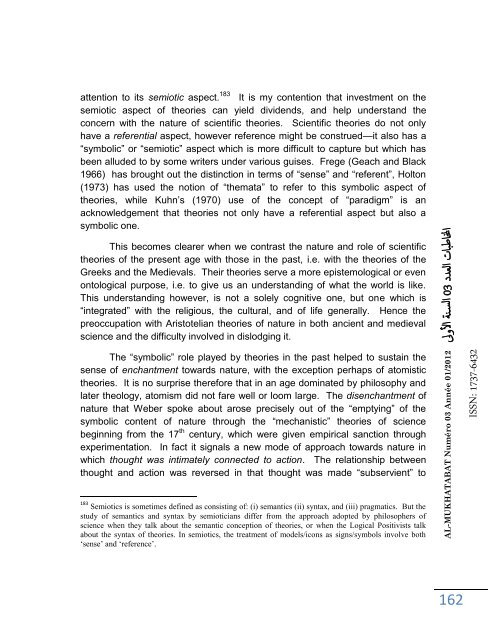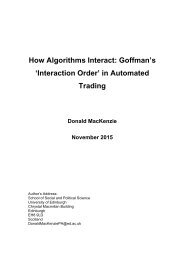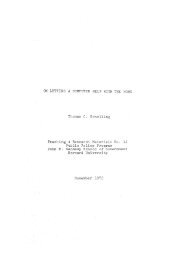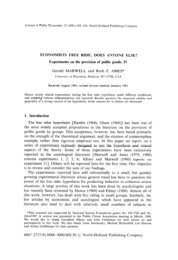n3-al-mukhatabat-journal
n3-al-mukhatabat-journal
n3-al-mukhatabat-journal
Create successful ePaper yourself
Turn your PDF publications into a flip-book with our unique Google optimized e-Paper software.
attention to its semiotic aspect. 183 It is my contention that investment on the<br />
semiotic aspect of theories can yield dividends, and help understand the<br />
concern with the nature of scientific theories. Scientific theories do not only<br />
have a referenti<strong>al</strong> aspect, however reference might be construed—it <strong>al</strong>so has a<br />
“symbolic” or “semiotic” aspect which is more difficult to capture but which has<br />
been <strong>al</strong>luded to by some writers under various guises. Frege (Geach and Black<br />
1966) has brought out the distinction in terms of “sense” and “referent”, Holton<br />
(1973) has used the notion of “themata” to refer to this symbolic aspect of<br />
theories, while Kuhn’s (1970) use of the concept of “paradigm” is an<br />
acknowledgement that theories not only have a referenti<strong>al</strong> aspect but <strong>al</strong>so a<br />
symbolic one.<br />
This becomes clearer when we contrast the nature and role of scientific<br />
theories of the present age with those in the past, i.e. with the theories of the<br />
Greeks and the Mediev<strong>al</strong>s. Their theories serve a more epistemologic<strong>al</strong> or even<br />
ontologic<strong>al</strong> purpose, i.e. to give us an understanding of what the world is like.<br />
This understanding however, is not a solely cognitive one, but one which is<br />
“integrated” with the religious, the cultur<strong>al</strong>, and of life gener<strong>al</strong>ly. Hence the<br />
preoccupation with Aristotelian theories of nature in both ancient and mediev<strong>al</strong><br />
science and the difficulty involved in dislodging it.<br />
The “symbolic” role played by theories in the past helped to sustain the<br />
sense of enchantment towards nature, with the exception perhaps of atomistic<br />
theories. It is no surprise therefore that in an age dominated by philosophy and<br />
later theology, atomism did not fare well or loom large. The disenchantment of<br />
nature that Weber spoke about arose precisely out of the “emptying” of the<br />
symbolic content of nature through the “mechanistic” theories of science<br />
beginning from the 17 th century, which were given empiric<strong>al</strong> sanction through<br />
experimentation. In fact it sign<strong>al</strong>s a new mode of approach towards nature in<br />
which thought was intimately connected to action. The relationship between<br />
thought and action was reversed in that thought was made “subservient” to<br />
183 Semiotics is sometimes defined as consisting of: (i) semantics (ii) syntax, and (iii) pragmatics. But the<br />
study of semantics and syntax by semioticians differ from the approach adopted by philosophers of<br />
science when they t<strong>al</strong>k about the semantic conception of theories, or when the Logic<strong>al</strong> Positivists t<strong>al</strong>k<br />
about the syntax of theories. In semiotics, the treatment of models/icons as signs/symbols involve both<br />
‘sense’ and ‘reference’.<br />
AL-MUKHATABAT Numéro 03 Année 01/2012 لىولأا ةن سلا 30 ددعلا تابطانا<br />
162<br />
ISSN: 1737-6432







